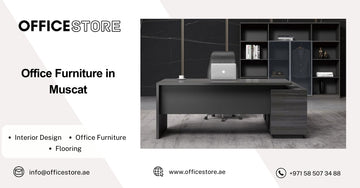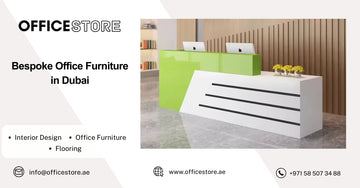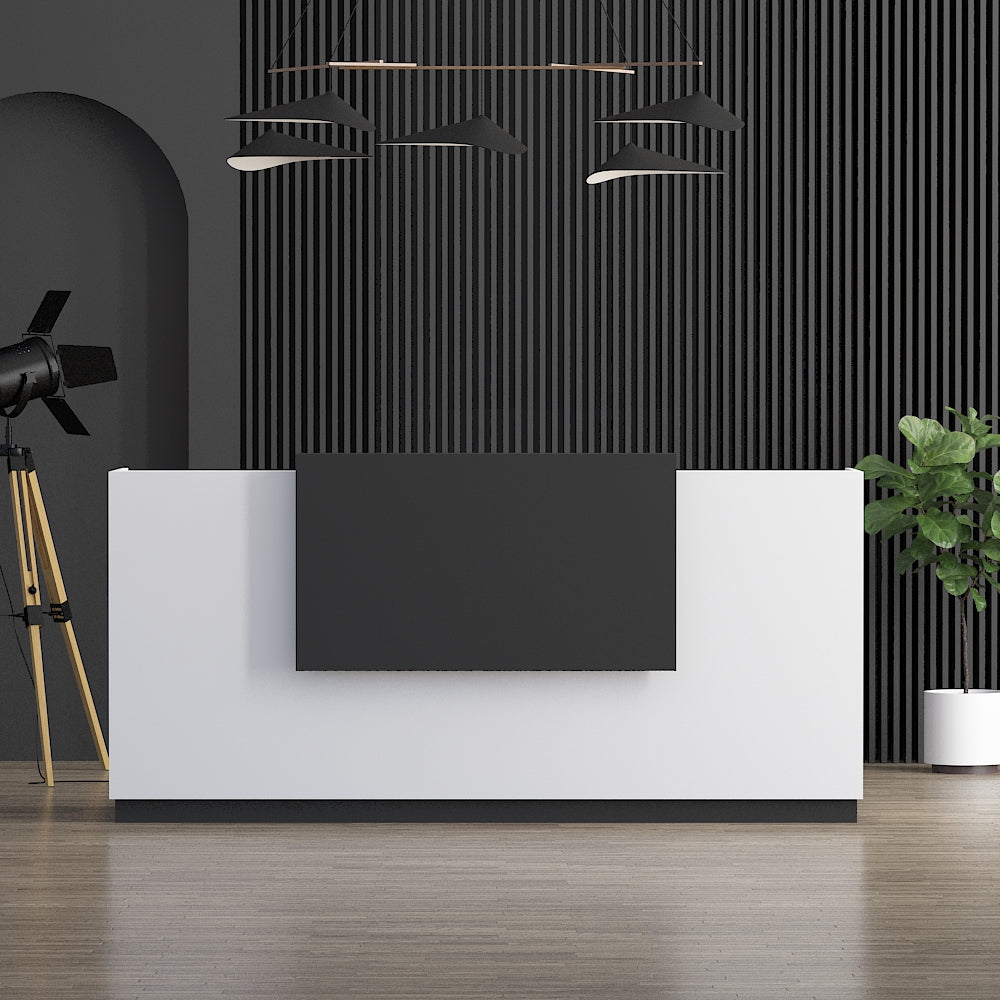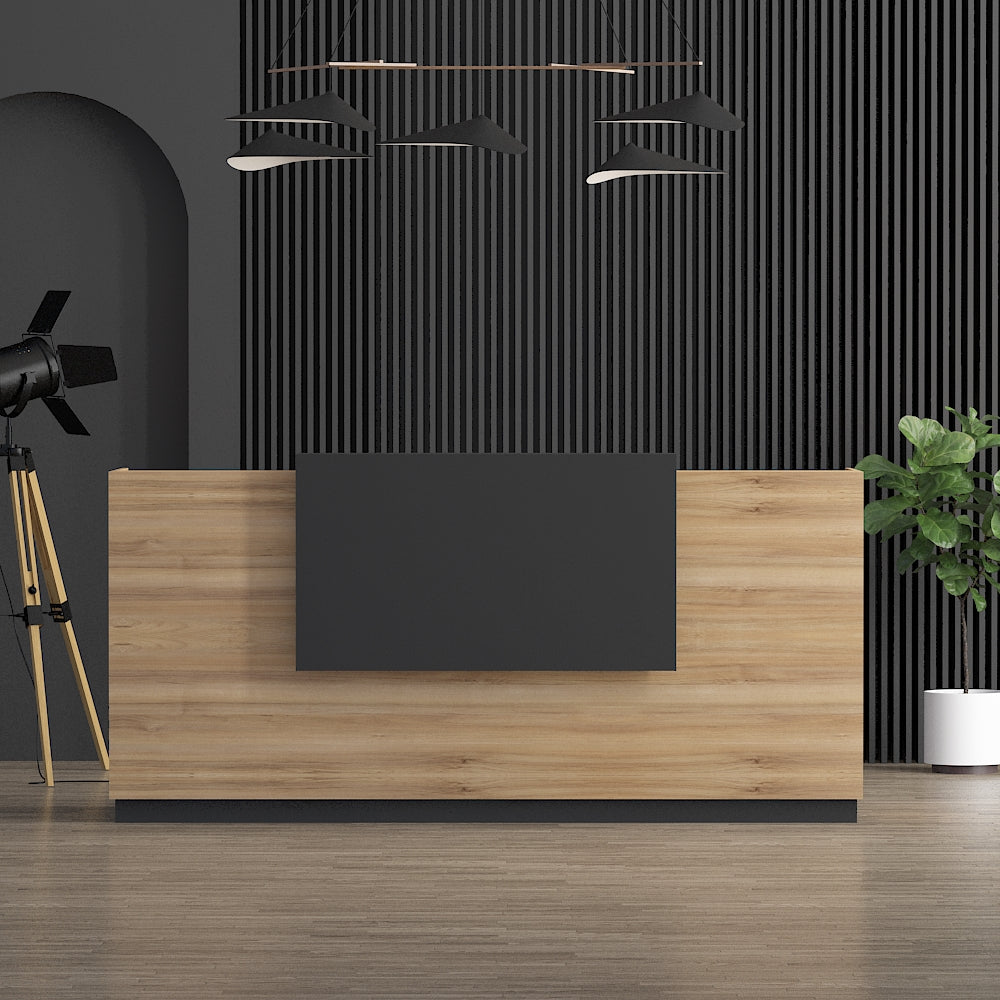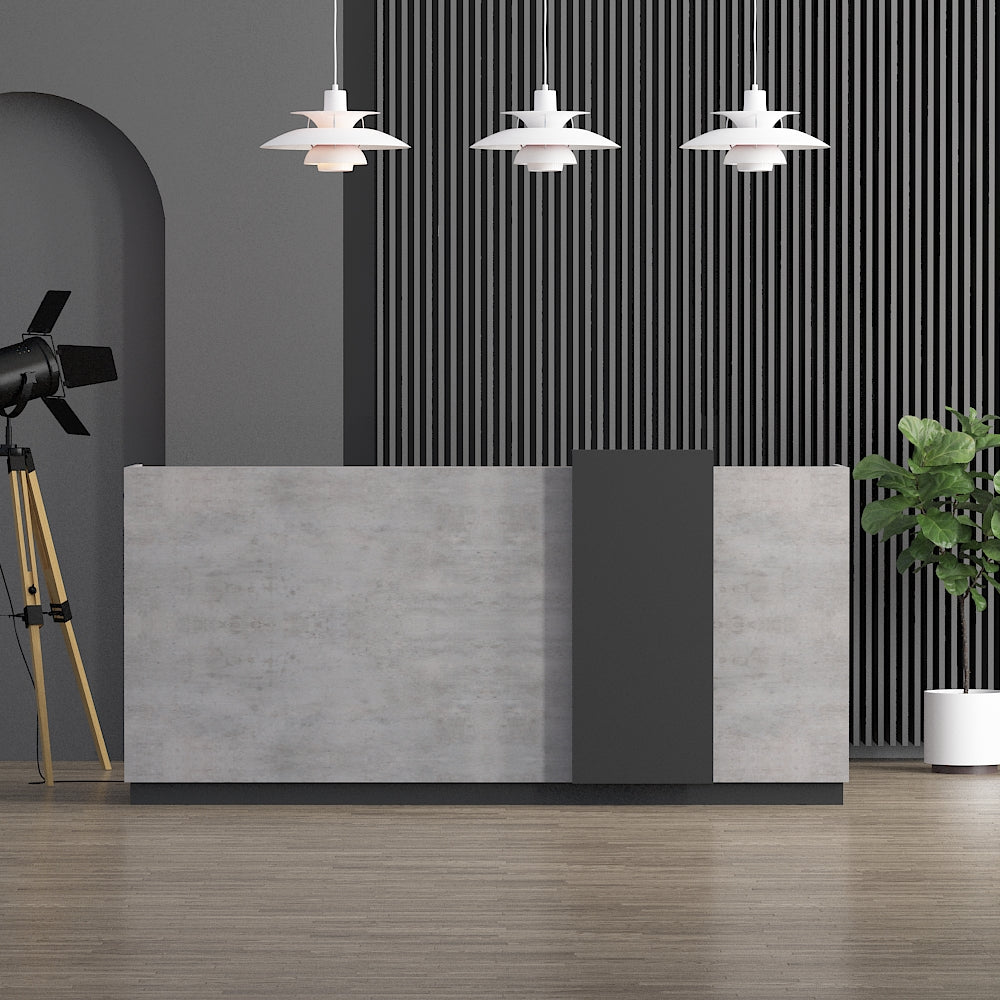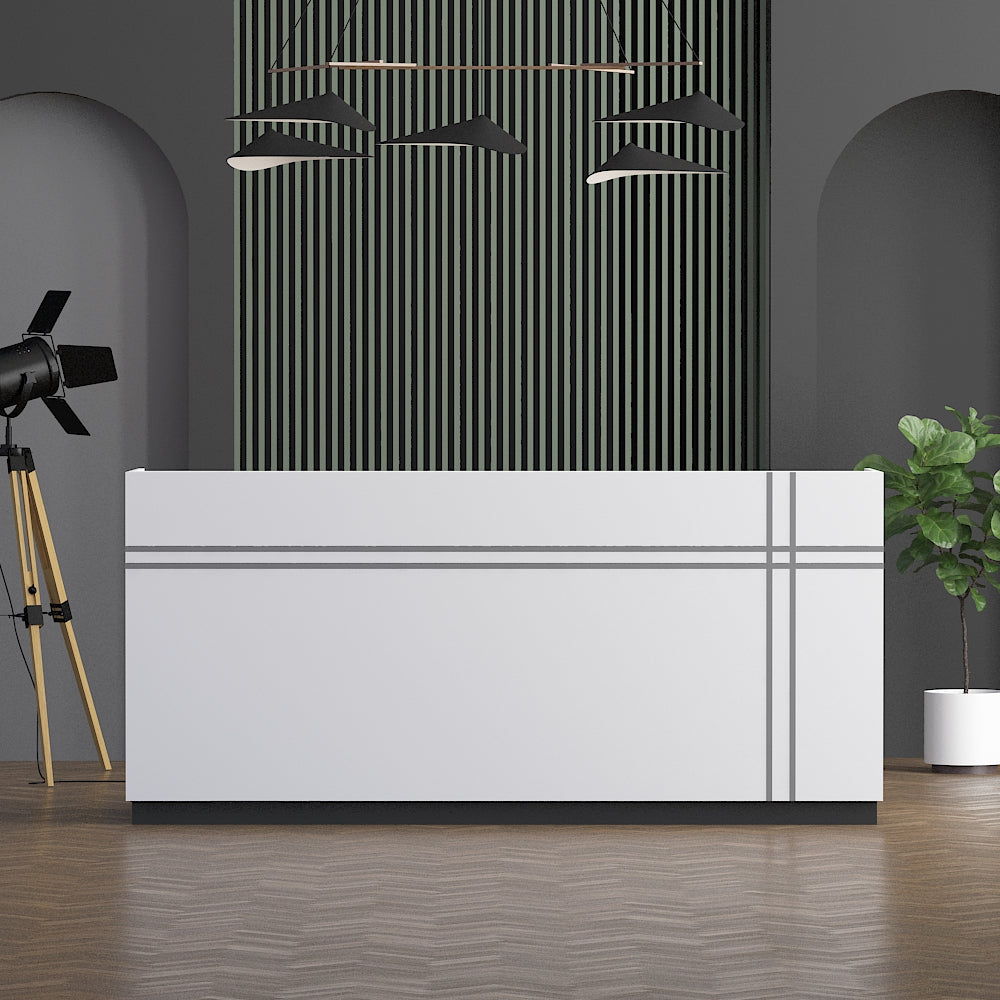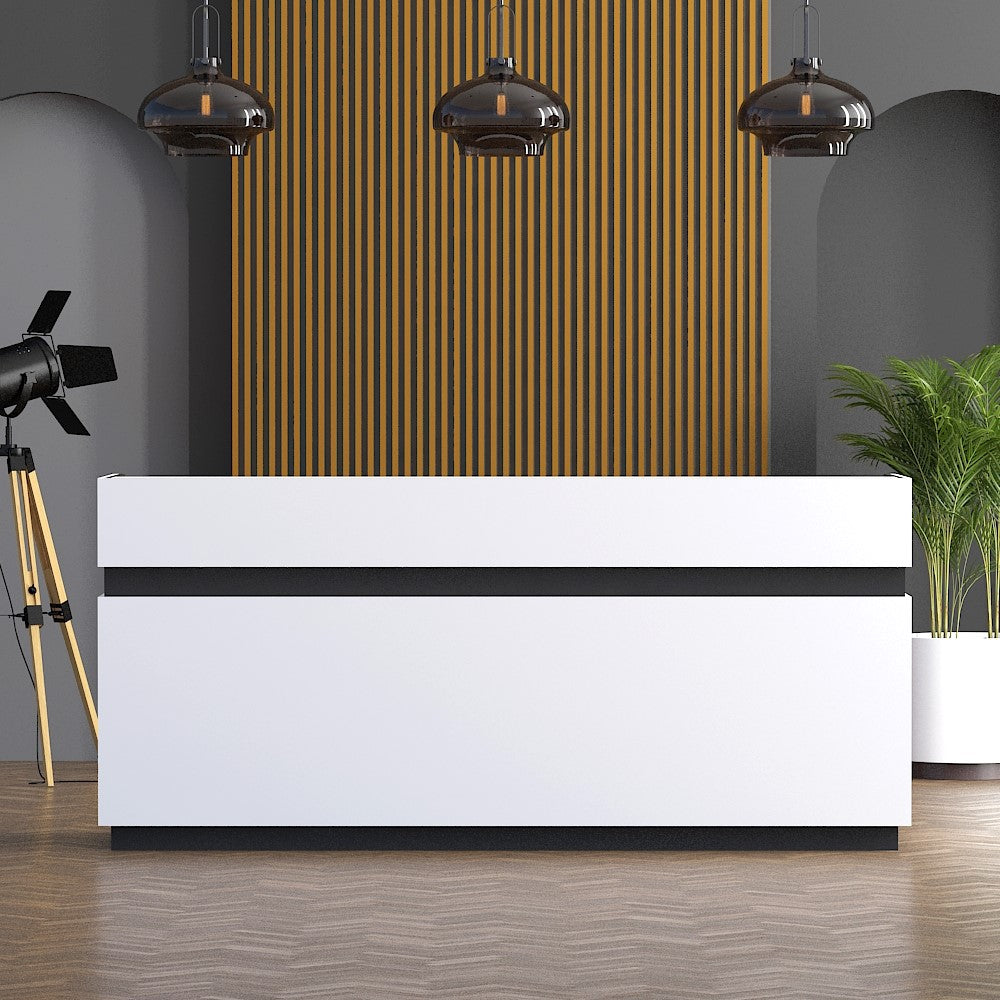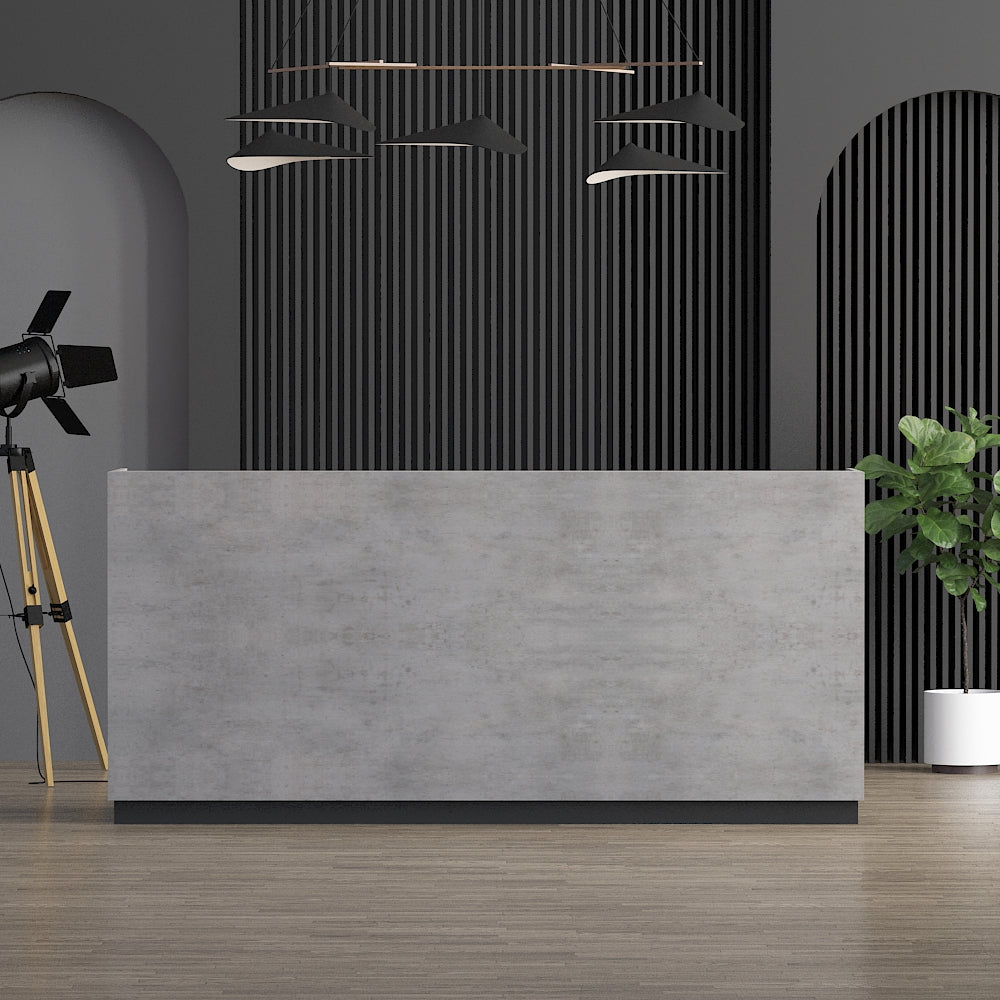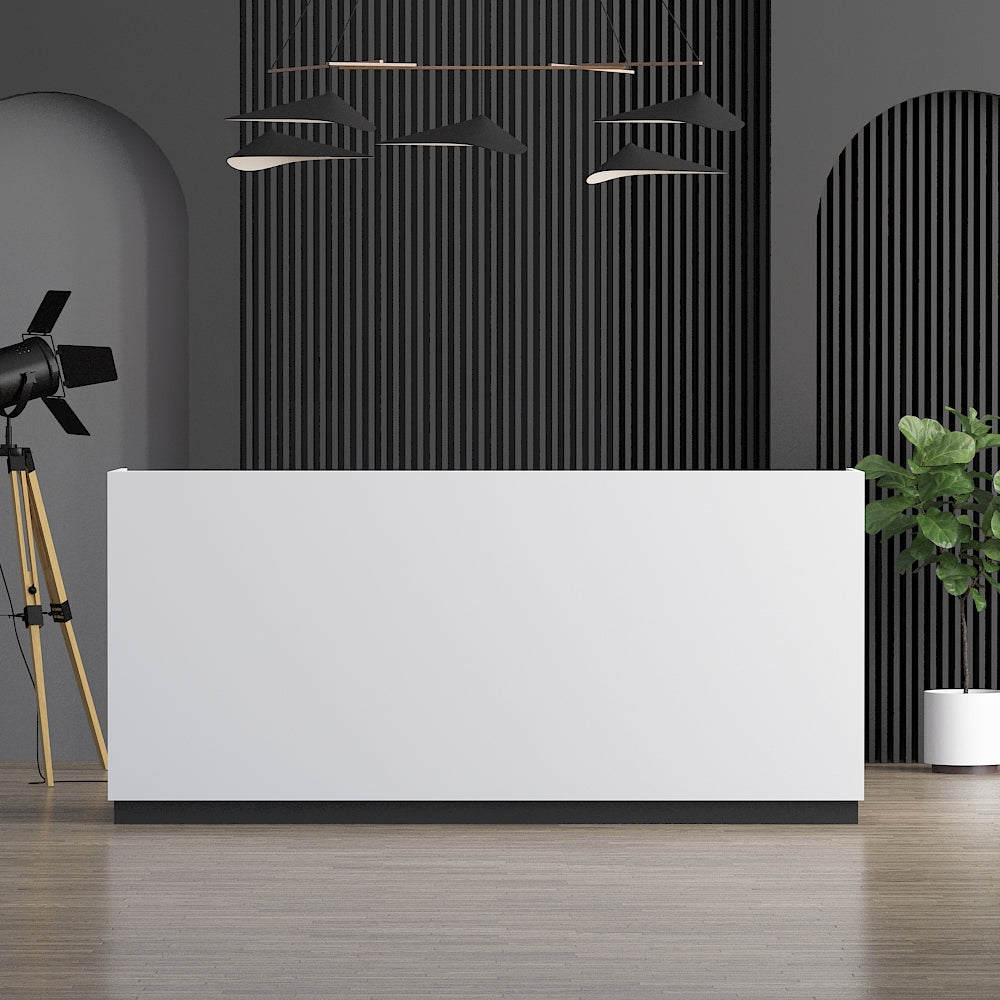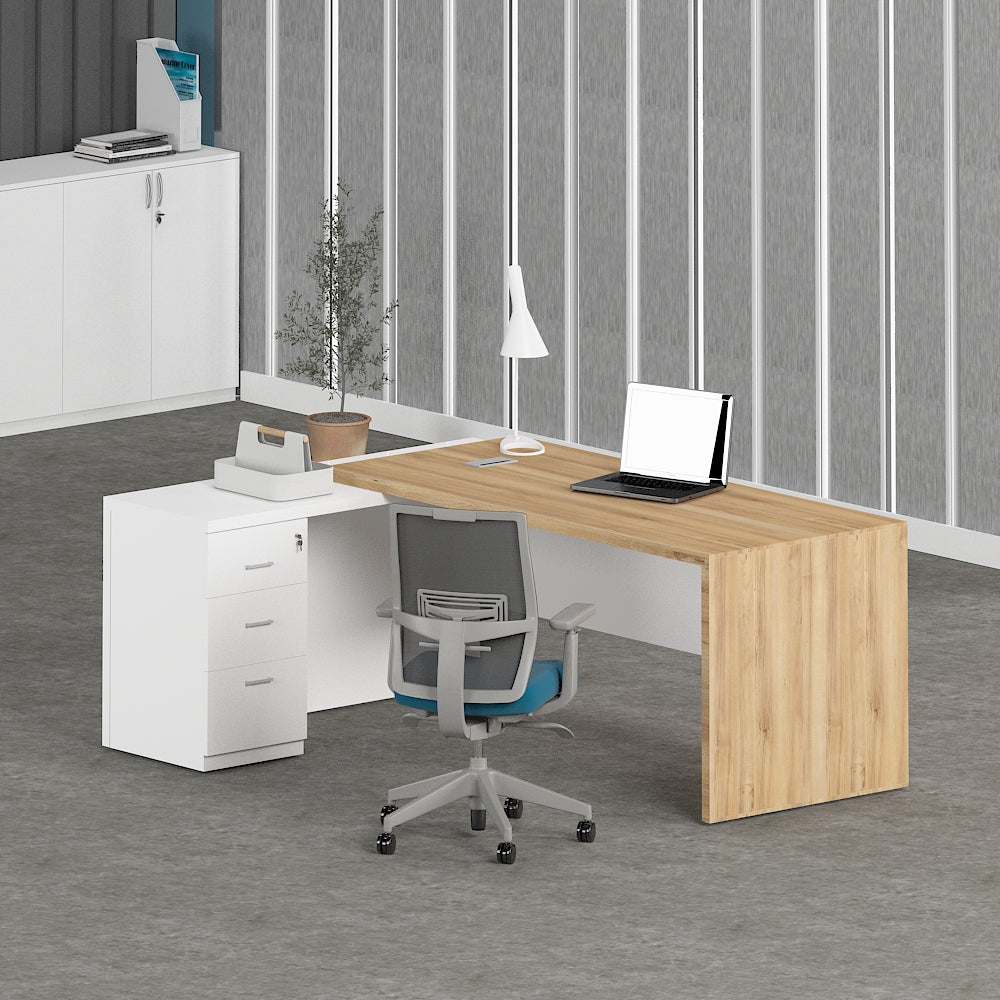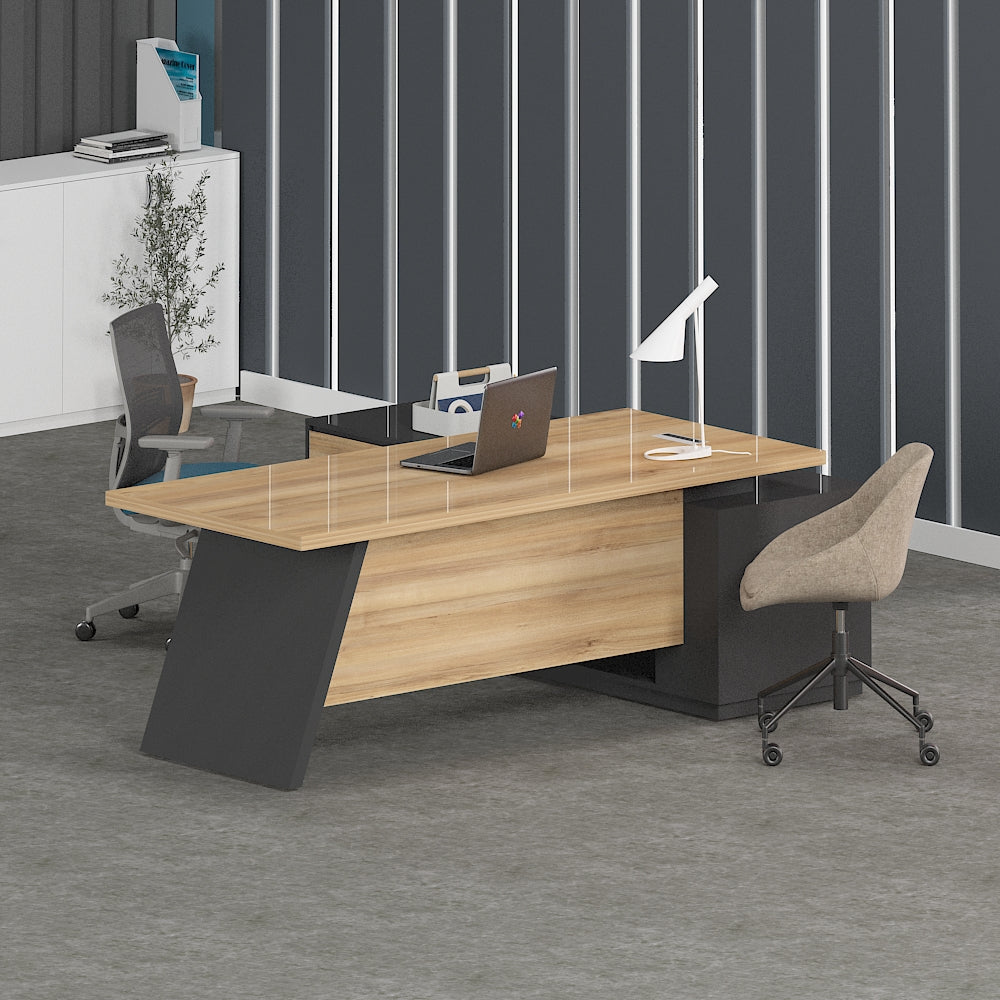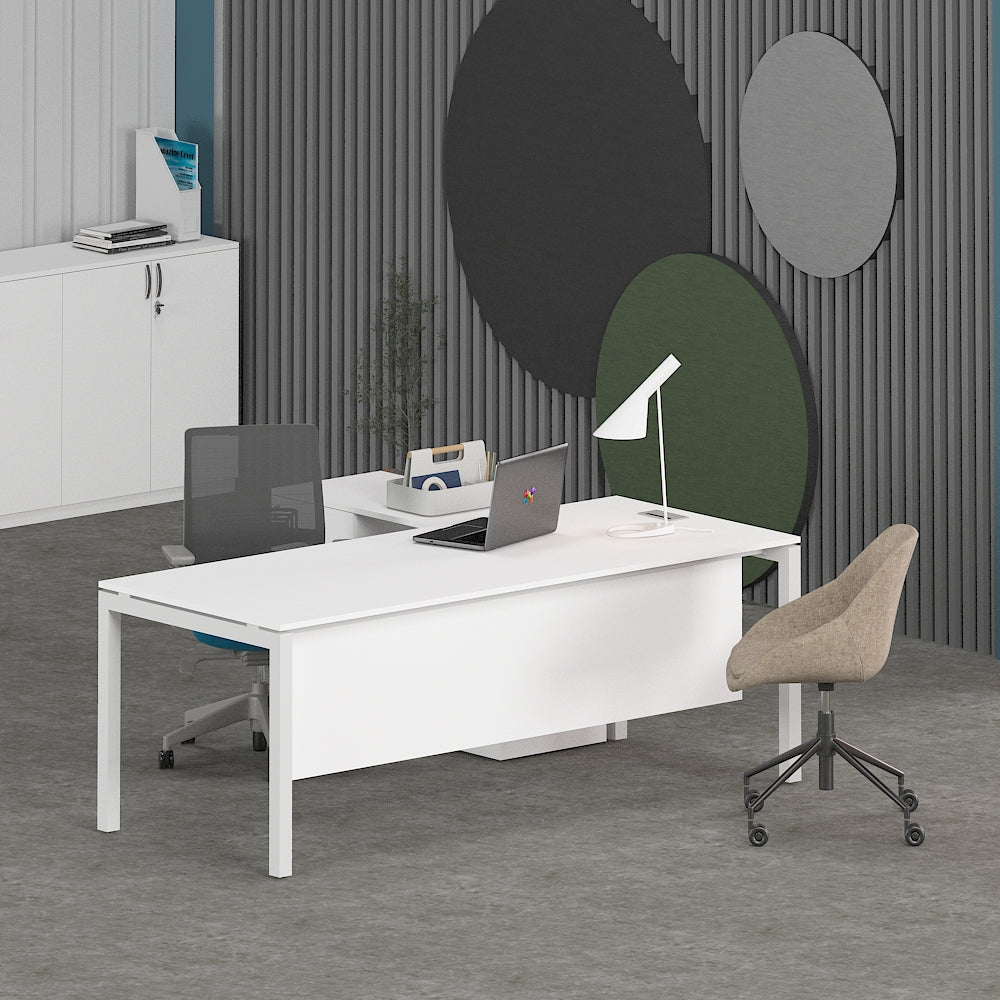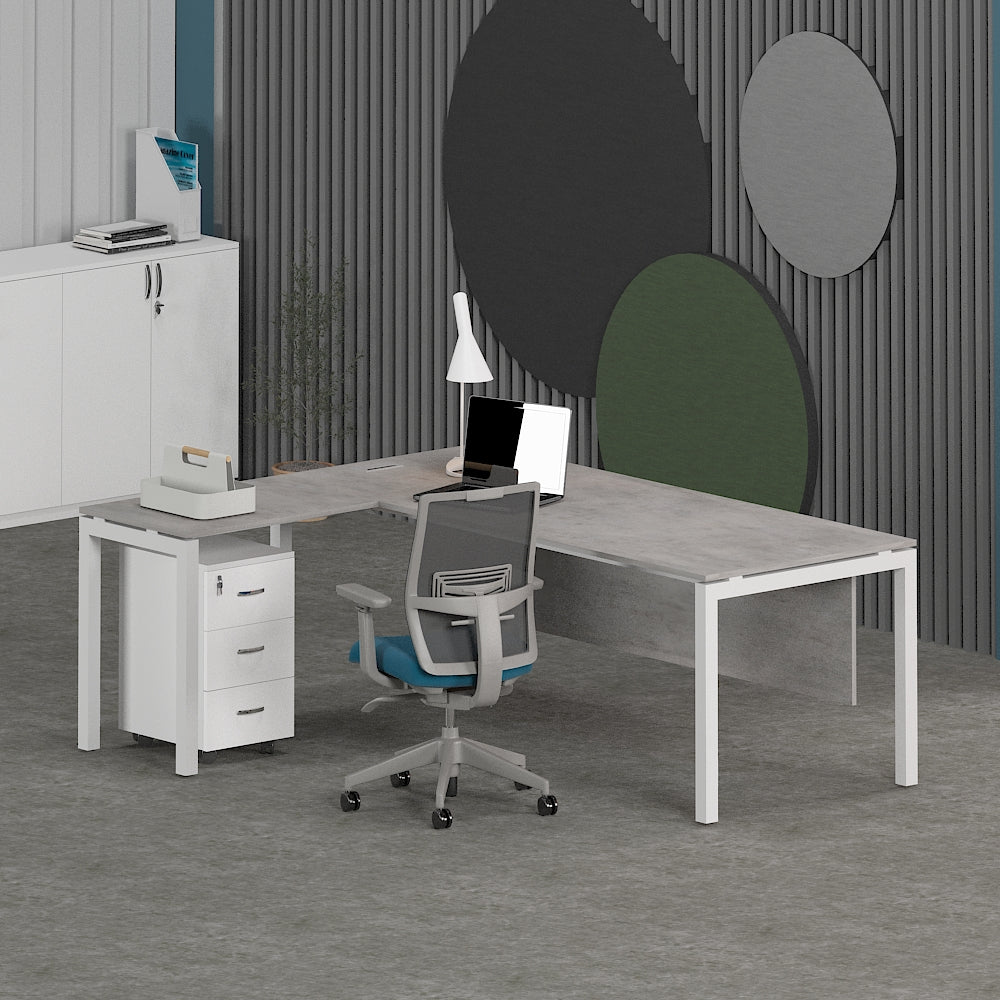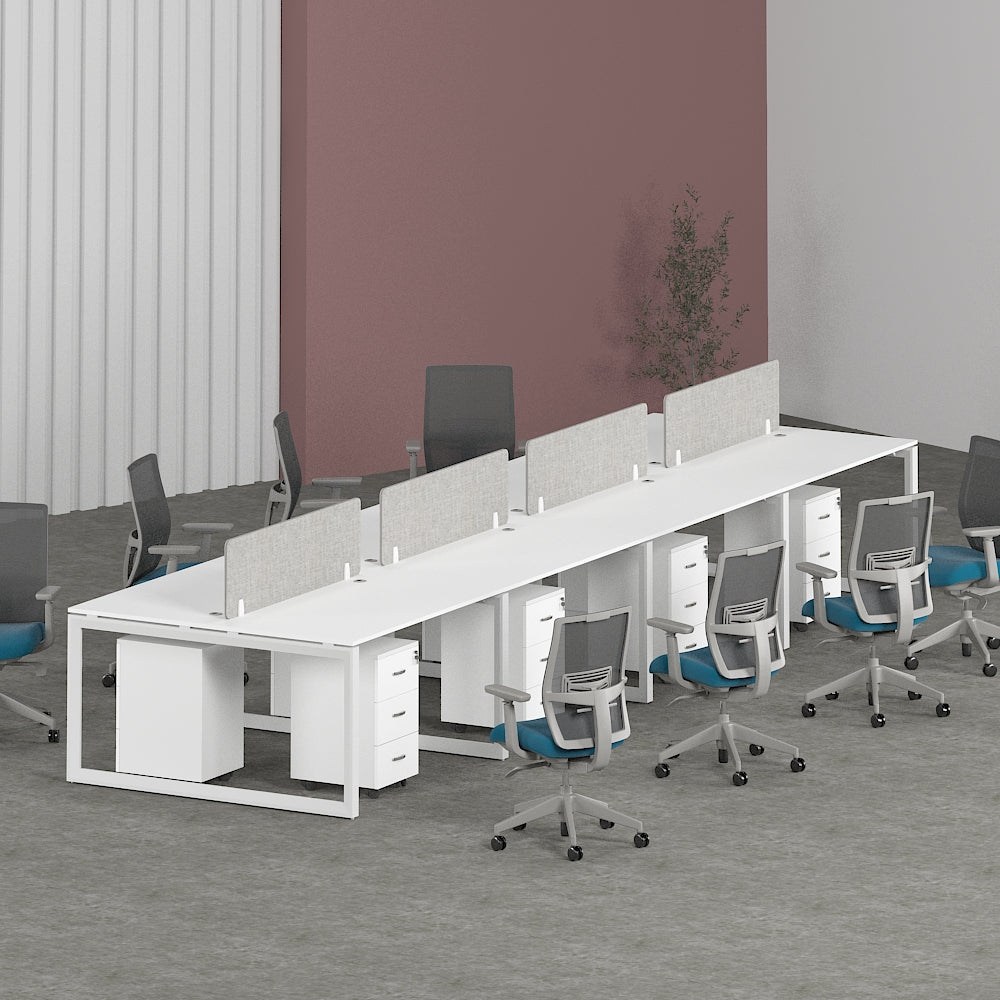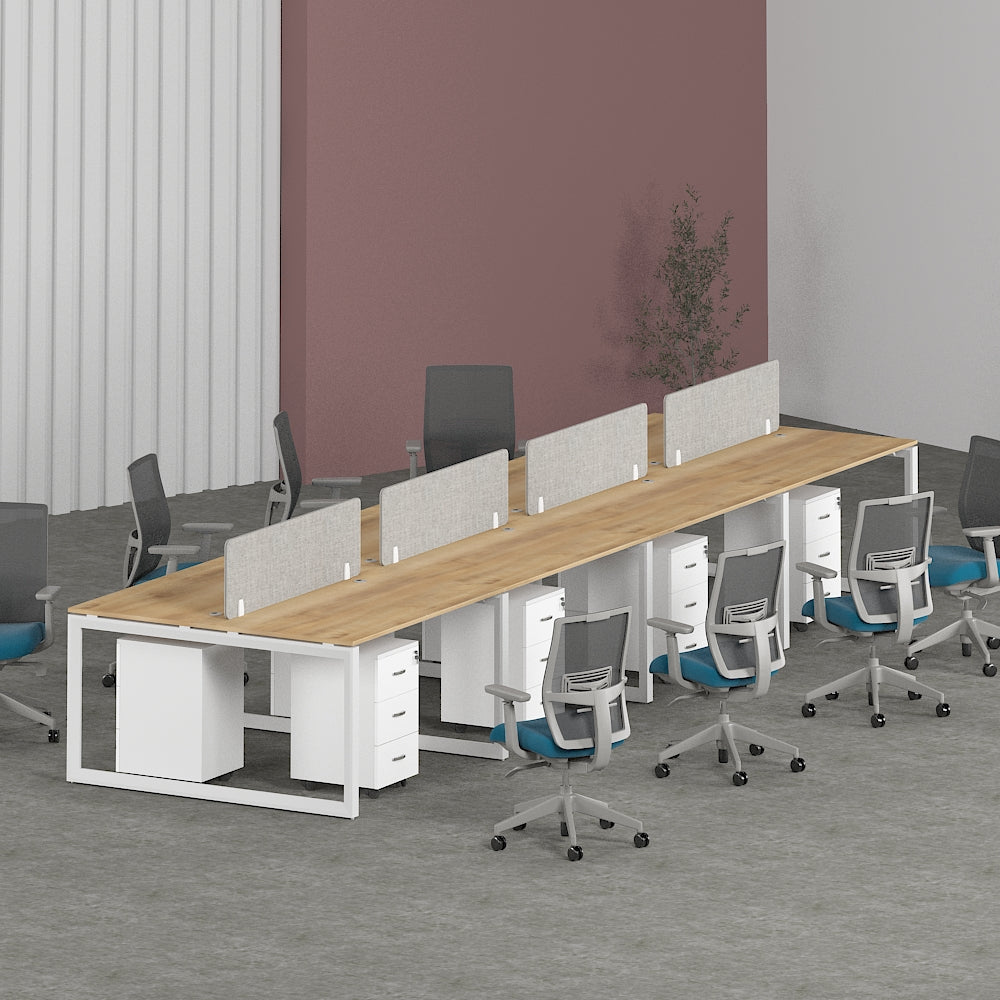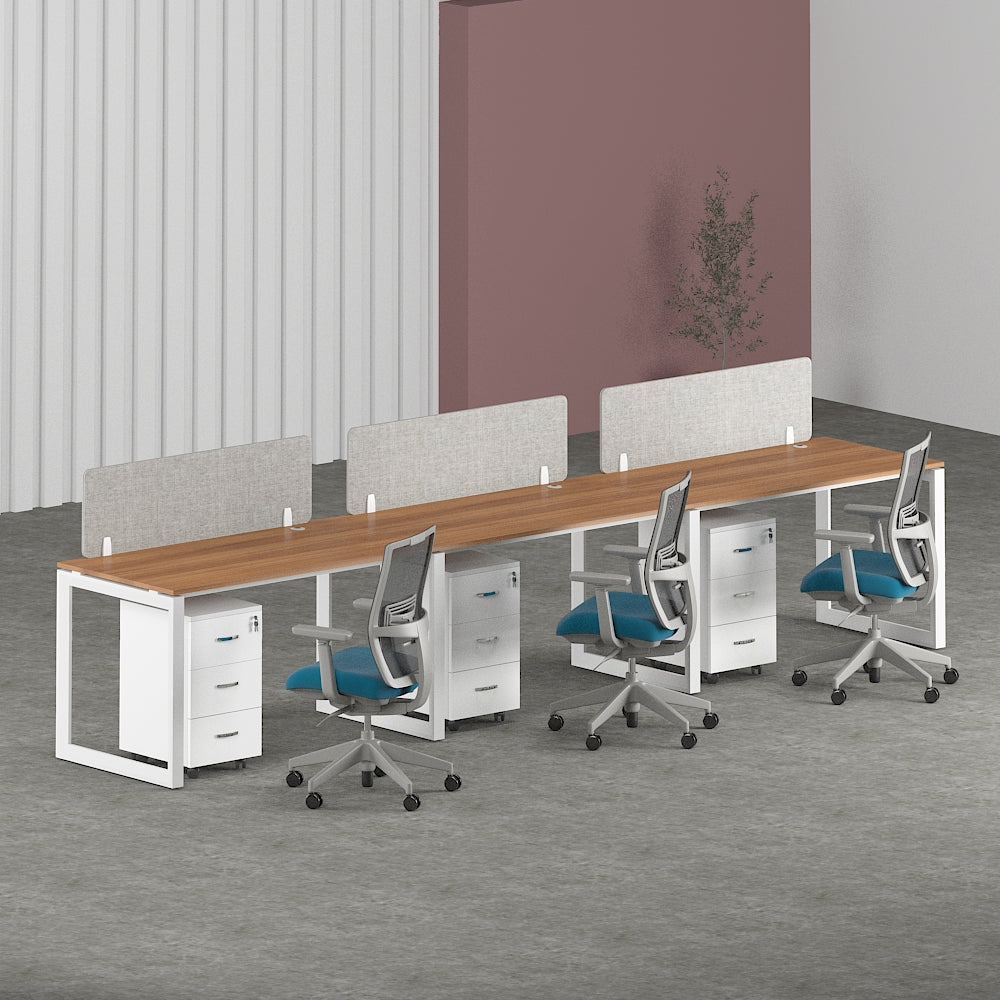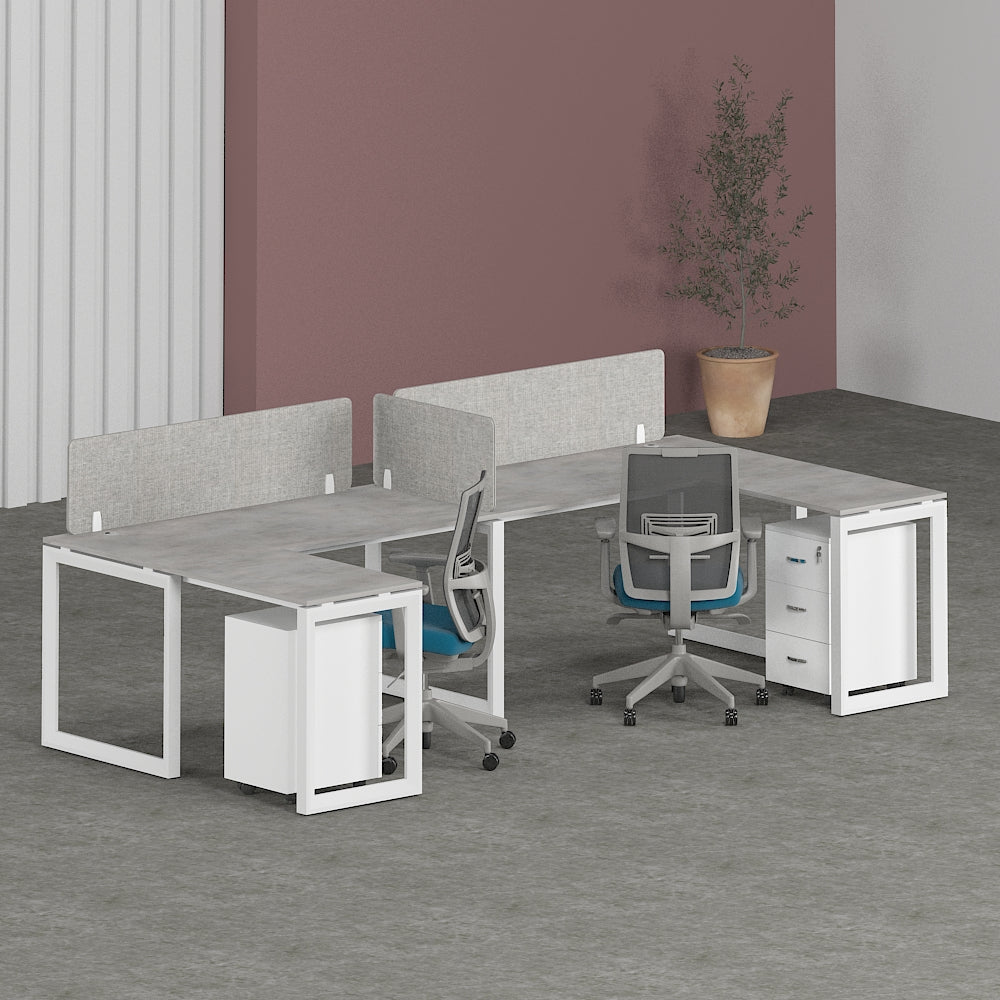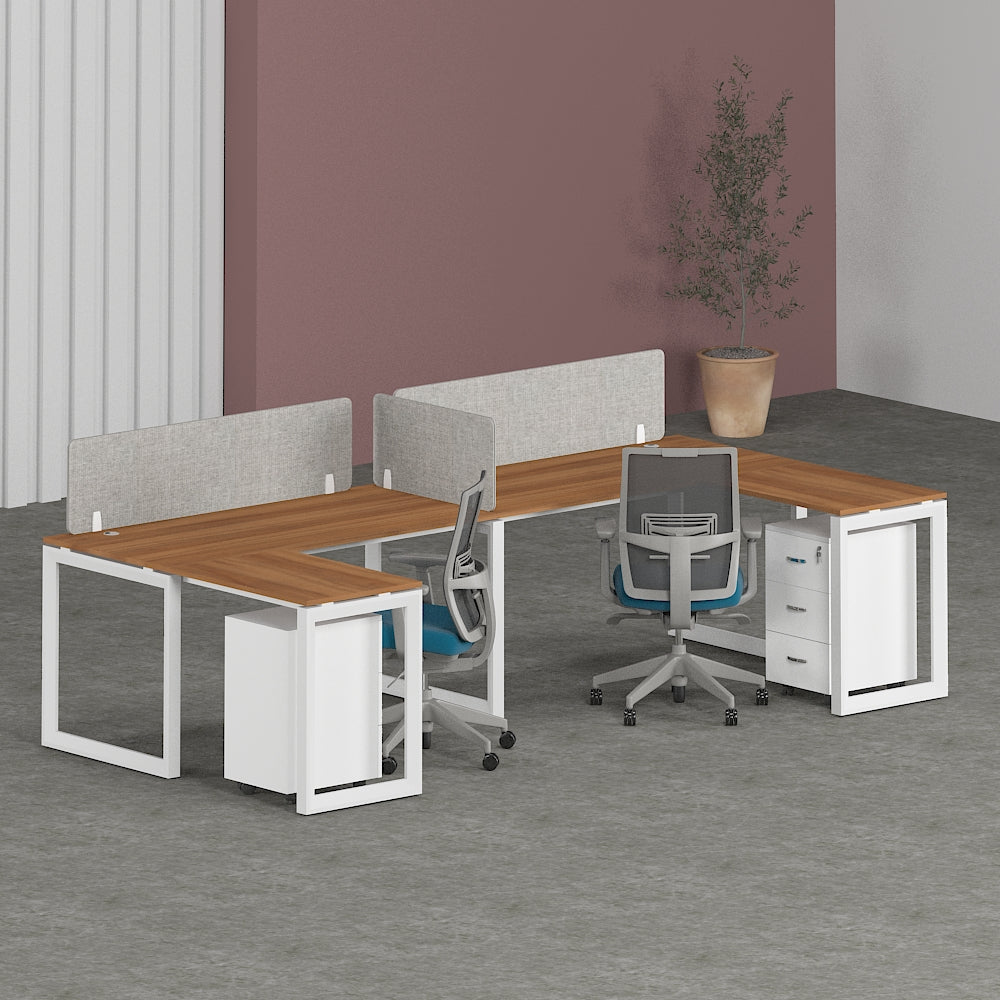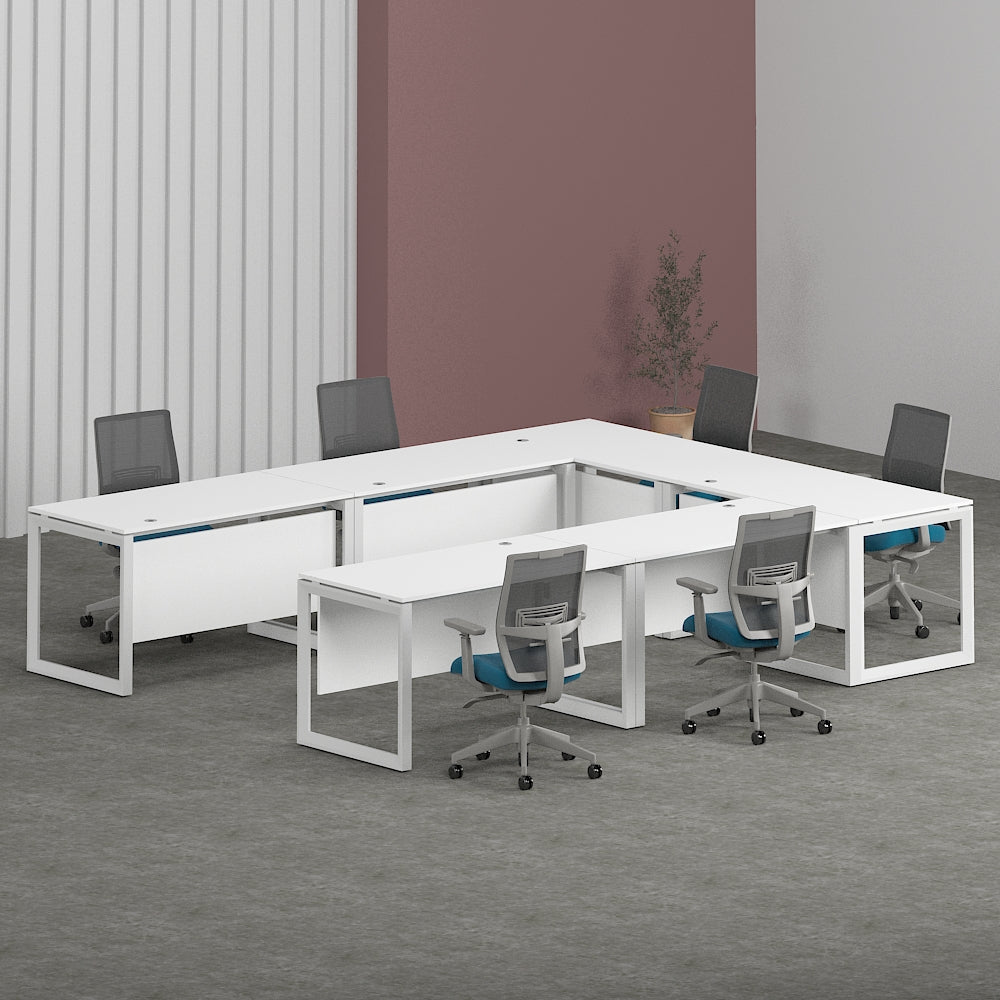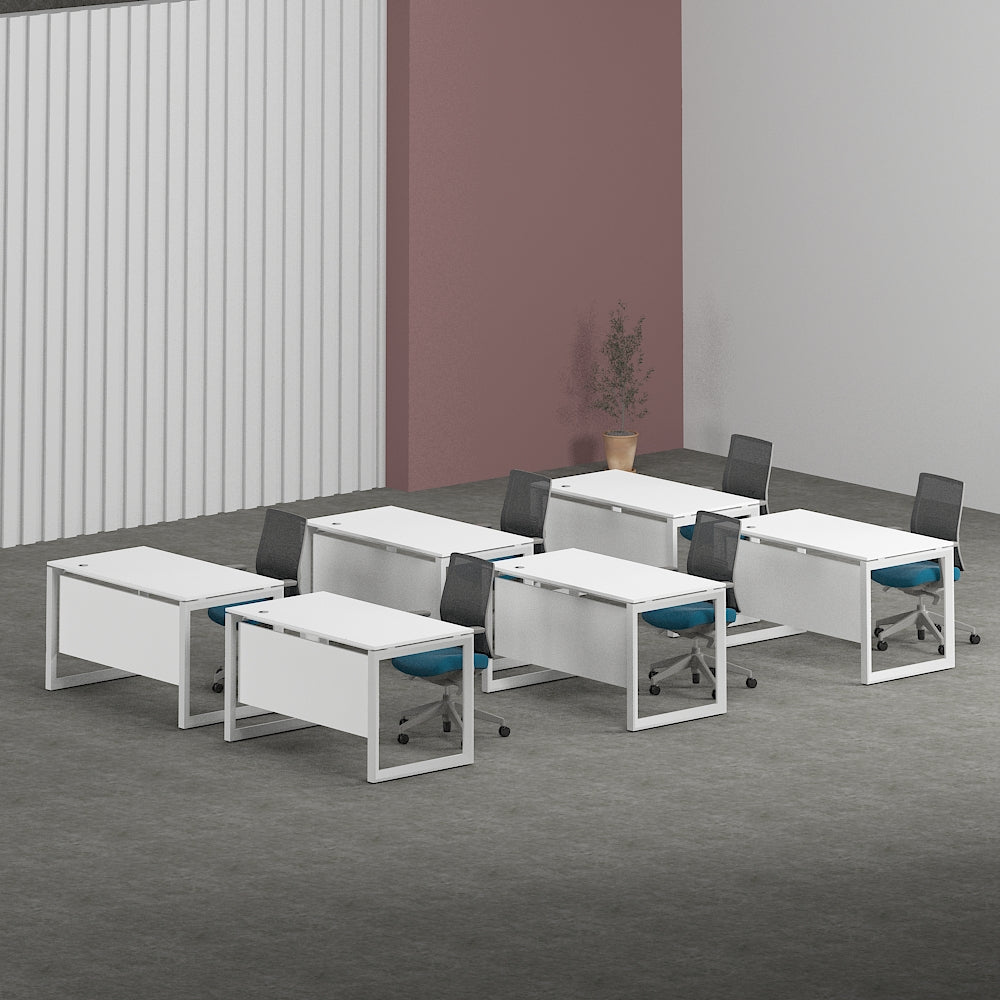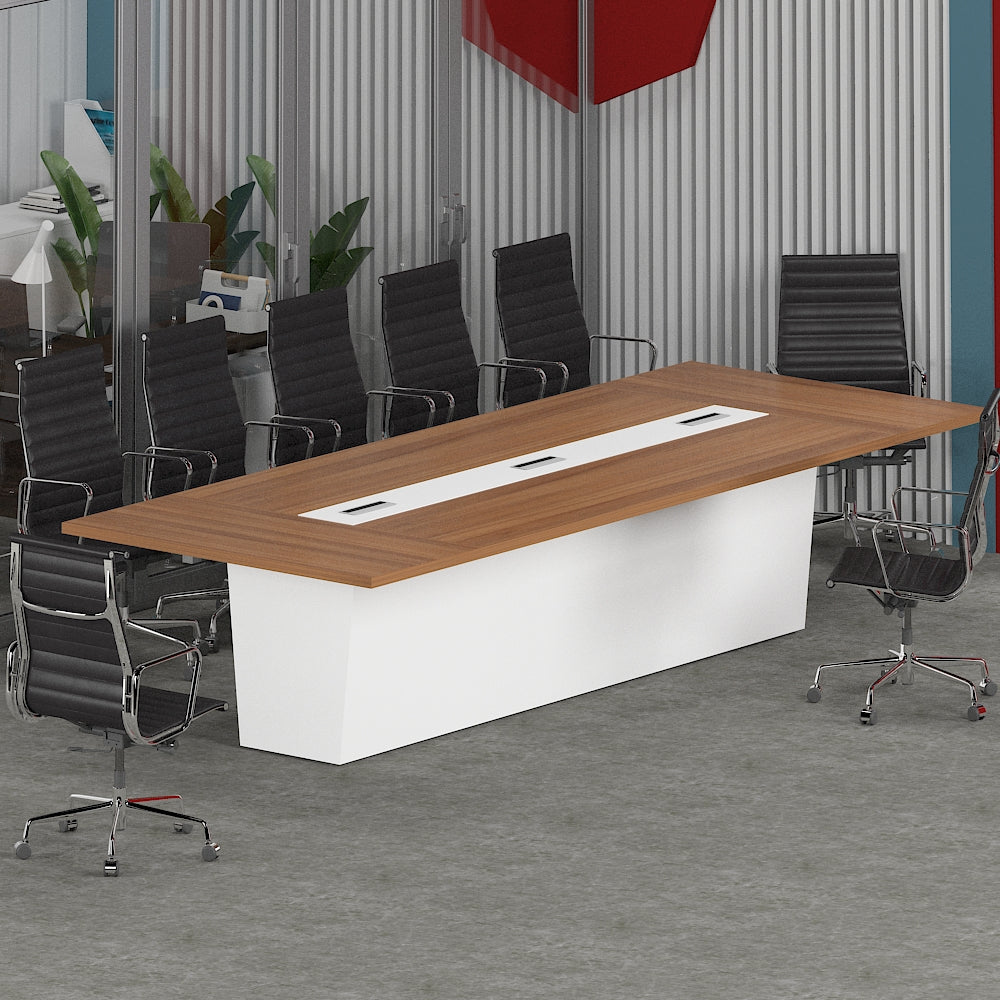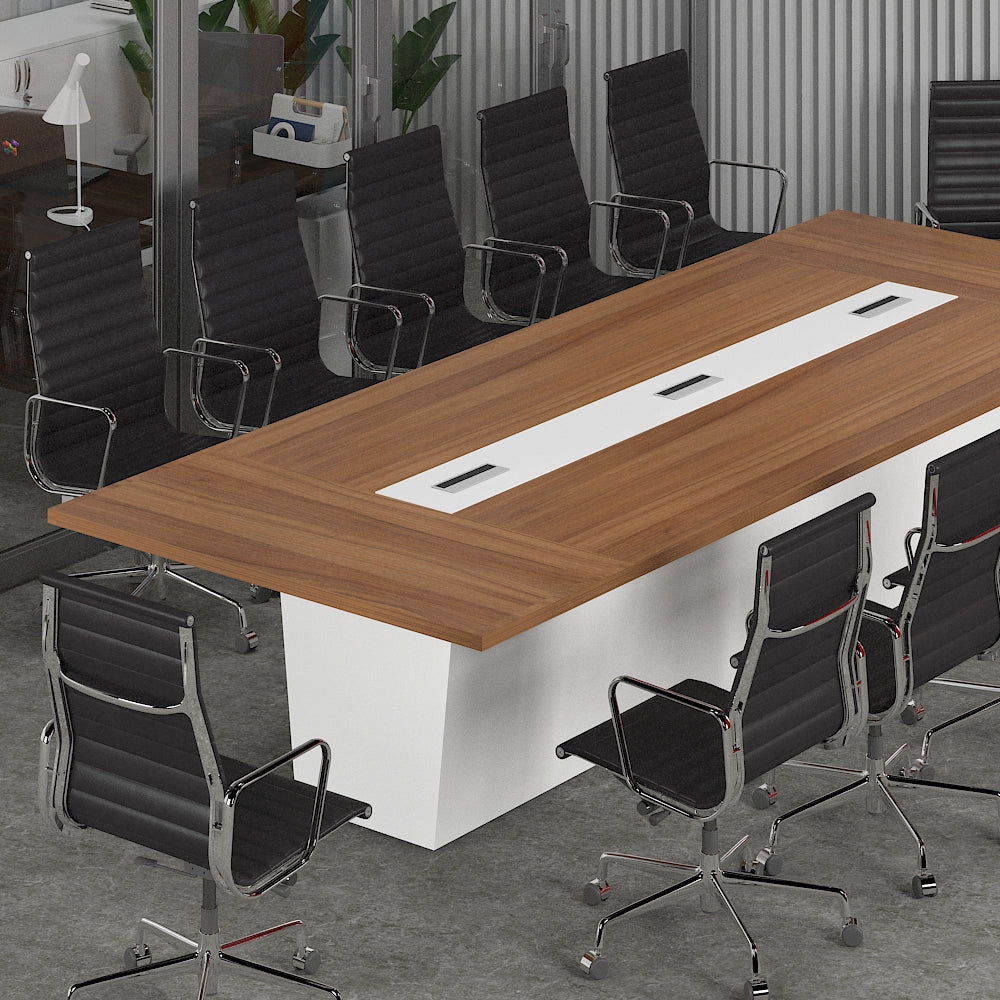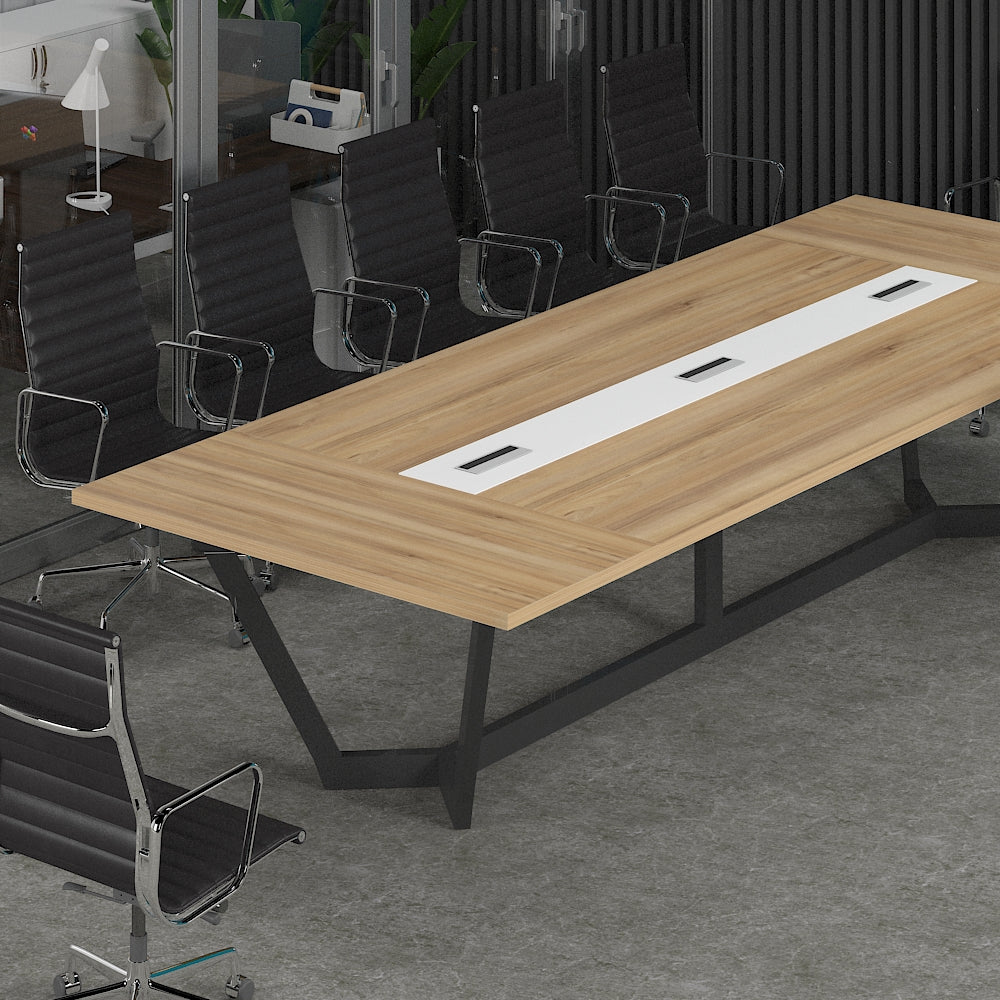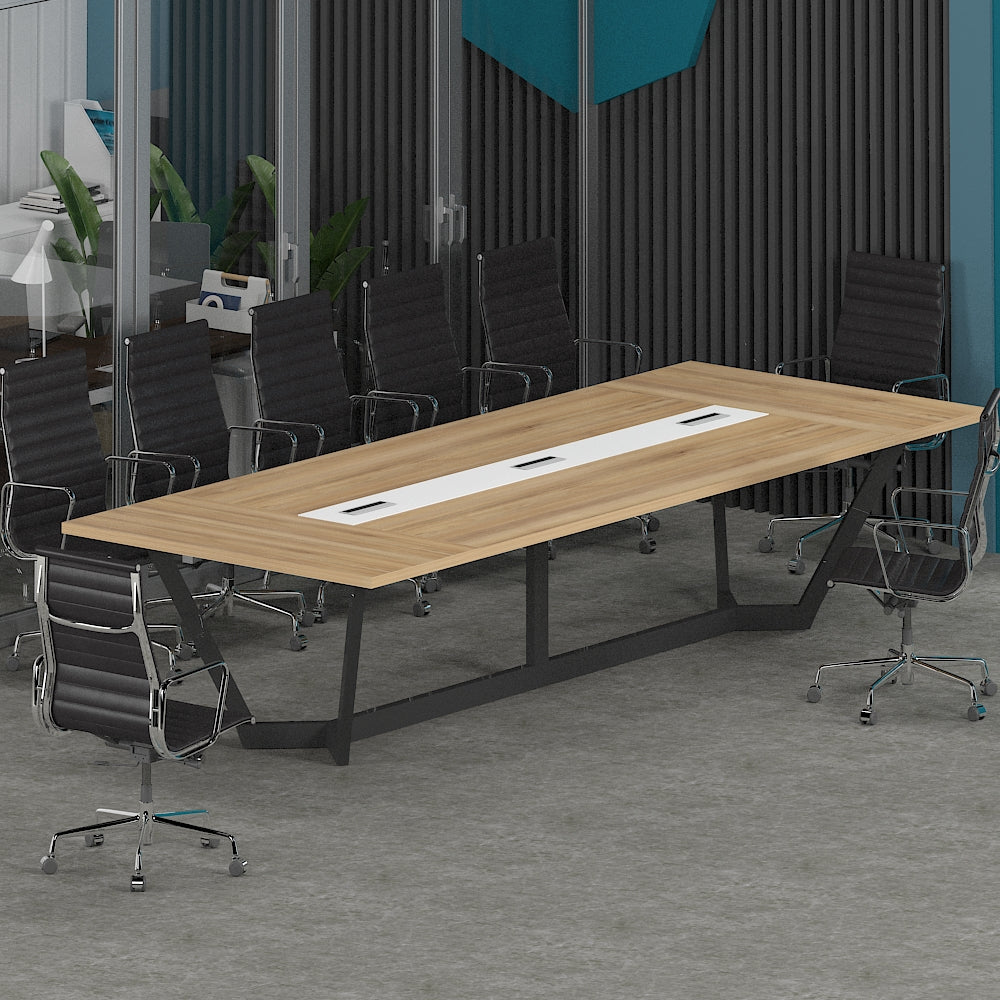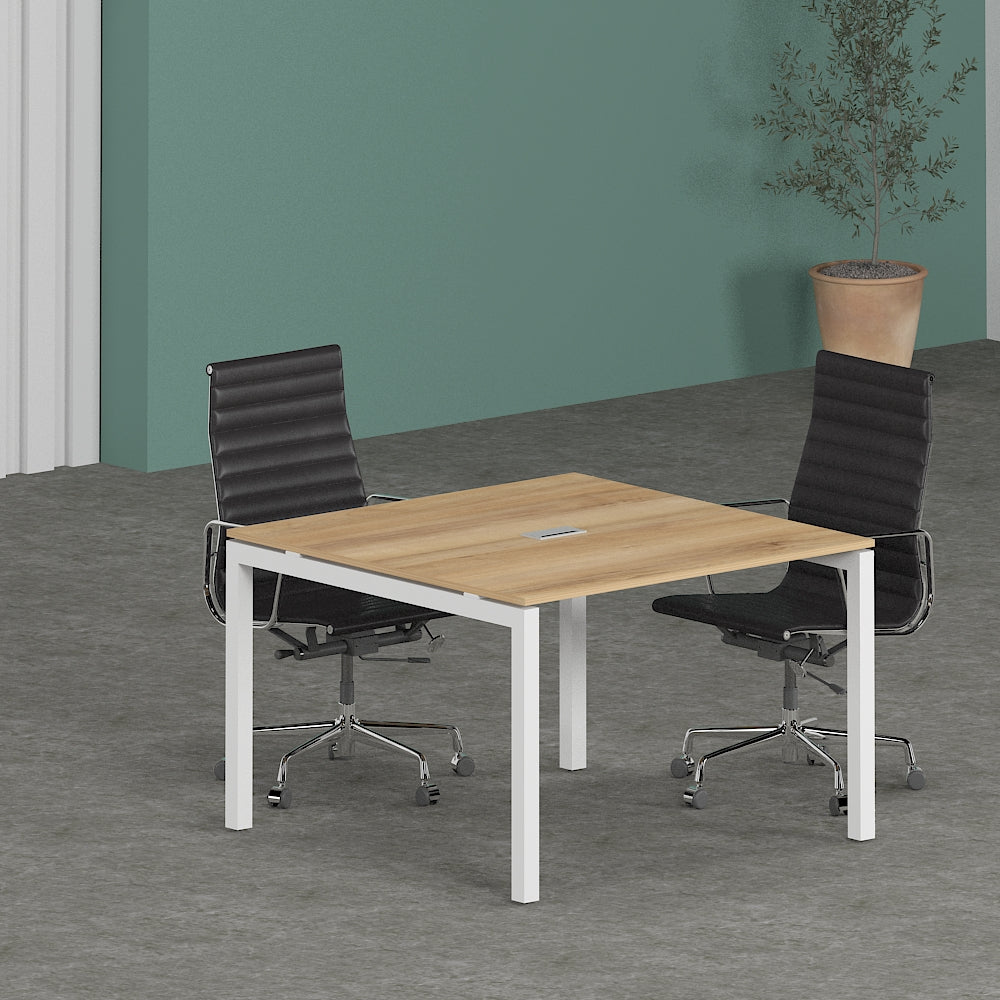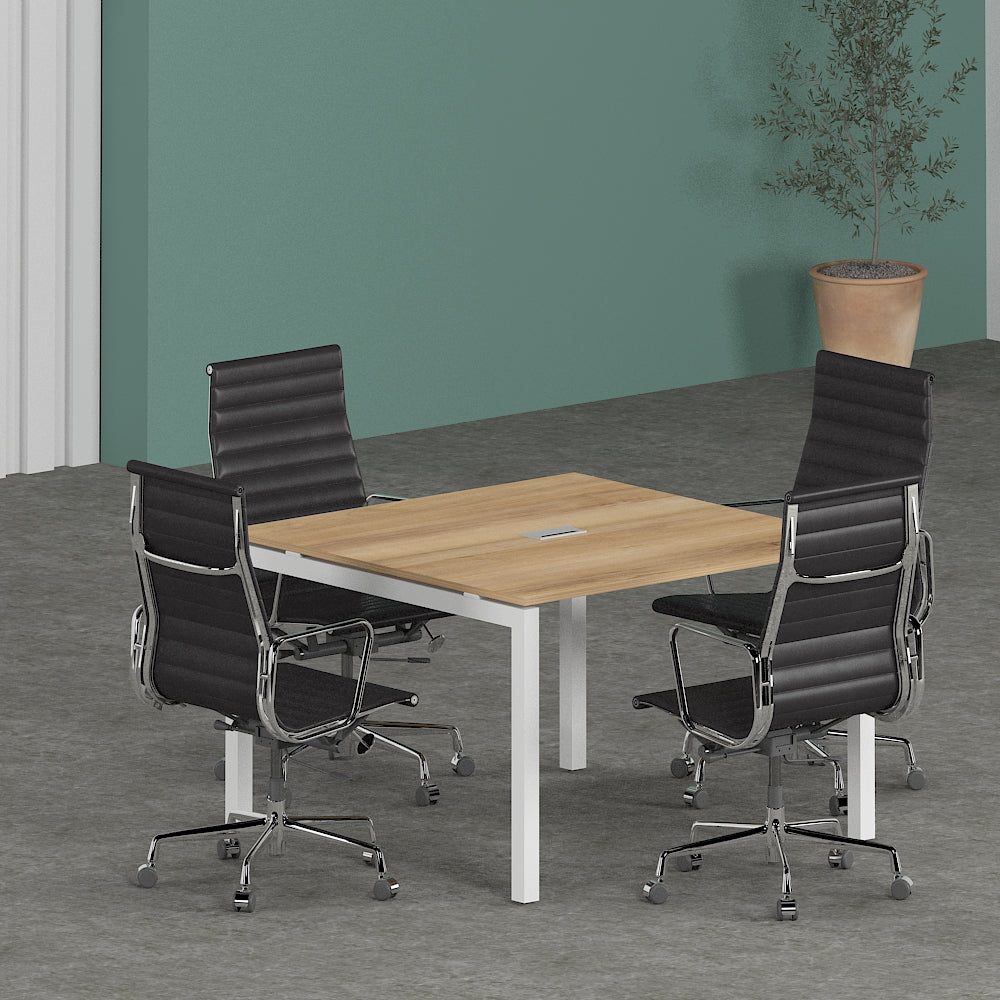Requirements for an Ideal Conference Room
1. Introduction
In today's fast-paced business world, the significance of well-equipped conference rooms cannot be overstated. Whether it's for brainstorming sessions, client meetings, or team collaborations, a conducive environment is essential for productivity and success.
1.1 Importance of Conference Rooms
Conference rooms serve as the nucleus of ideas, where strategies are devised, and decisions are made. They are the breeding ground for innovation and creativity, making them indispensable in any office setting.
2. Location and Accessibility
The first step in creating an ideal conference room is selecting the right location.
2.1 Central Location
A centrally located conference room ensures easy access for all participants, minimizing travel time and logistical hassles.
2.2 Parking Facilities
Ample parking space nearby is crucial, especially in urban areas, to accommodate attendees who commute by car.
2.3 Accessibility for All
The conference room should be wheelchair accessible, with ramps and elevators for those with mobility challenges, ensuring inclusivity.
3. Size and Layout
The size and layout of the conference room play a significant role in facilitating productive discussions.
3.1 Adequate Space
Sufficient space is essential to accommodate all attendees comfortably, without feeling cramped or overcrowded.
3.2 Flexible Layout
A flexible layout allows for seamless transitions between different types of meetings, whether it's a formal presentation or an interactive workshop.
4. Technology and Equipment
In today's digital age, integrating the right technology is paramount to the success of any meeting.
4.1 Audiovisual Equipment
State-of-the-art audiovisual equipment, including projectors, screens, and sound systems, enhances presentations and ensures clear communication.
4.2 Connectivity
High-speed internet connectivity and video conferencing capabilities enable seamless collaboration with remote team members and clients.
5. Comfort and Atmosphere
Creating a comfortable and conducive atmosphere is essential for fostering productivity and engagement.
5.1 Temperature Control
Maintaining optimal temperature levels ensures that attendees remain comfortable and focused throughout the meeting.
5.2 Lighting
Good lighting is essential for creating a bright and inviting atmosphere, enhancing visibility and reducing eye strain.
5.3 Ergonomic Furniture
Choosing ergonomic furniture promotes good posture and reduces the risk of fatigue during extended meetings.
6. Amenities and Services
Providing additional amenities and services enhances the overall meeting experience for attendees.
6.1 Refreshments
Offering refreshments such as water, coffee, and snacks keeps participants energized and focused during lengthy meetings.
6.2 Reception Services
Professional reception services, including greeting guests and managing registrations, add a touch of professionalism to the meeting.
6.3 Technical Support
Having technical support on standby ensures quick resolution of any equipment or connectivity issues that may arise during the meeting.
7. Security and Privacy
Maintaining confidentiality and ensuring data security are paramount in a conference room setting.
7.1 Data Security
Implementing robust security measures, such as encrypted communication channels and secure access controls, protects sensitive information discussed during meetings.
7.2 Confidentiality
Ensuring soundproofing and privacy features prevents sensitive discussions from being overheard, safeguarding the integrity of the meeting.
8. Environmental Considerations
Incorporating environmental considerations into the design of the conference room promotes sustainability and reduces ecological footprint.
8.1 Sustainability
Opting for eco-friendly materials and energy-efficient systems minimizes environmental impact and demonstrates corporate responsibility.
8.2 Natural Light
Maximizing natural light not only reduces the need for artificial lighting but also creates a more pleasant and inviting atmosphere.
9. Budget and Cost-effectiveness
Balancing the need for quality with budget constraints is essential when designing an ideal conference room.
9.1 Pricing Options
Exploring different pricing options allows businesses to find a solution that meets their needs without overspending.
9.2 Value for Money
Investing in high-quality equipment and amenities ensures long-term value and ROI for the organization.
10. Customization Options
Offering customization options allows businesses to tailor the conference room to their specific needs and branding requirements.
10.1 Branding Opportunities
Incorporating branding elements such as logos and corporate colors reinforces brand identity and creates a professional image.
10.2 Room Setup Flexibility
Designing a conference room with modular furniture and adaptable layouts allows for easy customization to accommodate different types of meetings.
11. Feedback and Improvement
Seeking feedback from attendees and implementing continuous improvements ensures that the conference room remains relevant and effective.
11.1 Feedback Mechanisms
Encouraging feedback through surveys and follow-up discussions allows businesses to identify areas for improvement and address any issues promptly.
11.2 Continuous Improvement
Regularly updating technology, amenities, and services keeps the conference room up-to-date and competitive in the market.
12. Conclusion
In conclusion, meeting the requirements for an ideal conference room is essential for fostering productivity, collaboration, and innovation in the workplace.
13. FAQs
13.1 What are the essential features of an ideal conference room?
An ideal conference room should have central location, adequate space, state-of-the-art technology, comfortable furniture, amenities like refreshments, and security measures to ensure confidentiality.
13.2 How can I ensure my conference room is accessible to all attendees?
Ensure the conference room is wheelchair accessible with ramps and elevators. Choose a central location with nearby parking facilities and provide accommodations for individuals with disabilities.
13.3 What technological equipment should a conference room have?
A conference room should be equipped with audiovisual tools like projectors and screens, high-speed internet connectivity, video conferencing capabilities, and technical support for troubleshooting.
13.4 How can I maintain confidentiality in a conference room setting?
Implement security measures such as encrypted communication channels, secure access controls, and soundproofing to protect sensitive information discussed during meetings.
13.5 Are there any eco-friendly options for conference rooms?
Yes, opt for eco-friendly materials, energy-efficient systems, and maximize natural light to promote sustainability and reduce environmental impact.
In conclusion, creating an ideal conference room involves considering various factors such as location, size, technology, comfort, amenities, security, budget, customization, and feedback mechanisms. By addressing these requirements, businesses can ensure that their conference rooms provide a conducive environment for productive meetings and collaborations, ultimately contributing to the success of their organizations.


